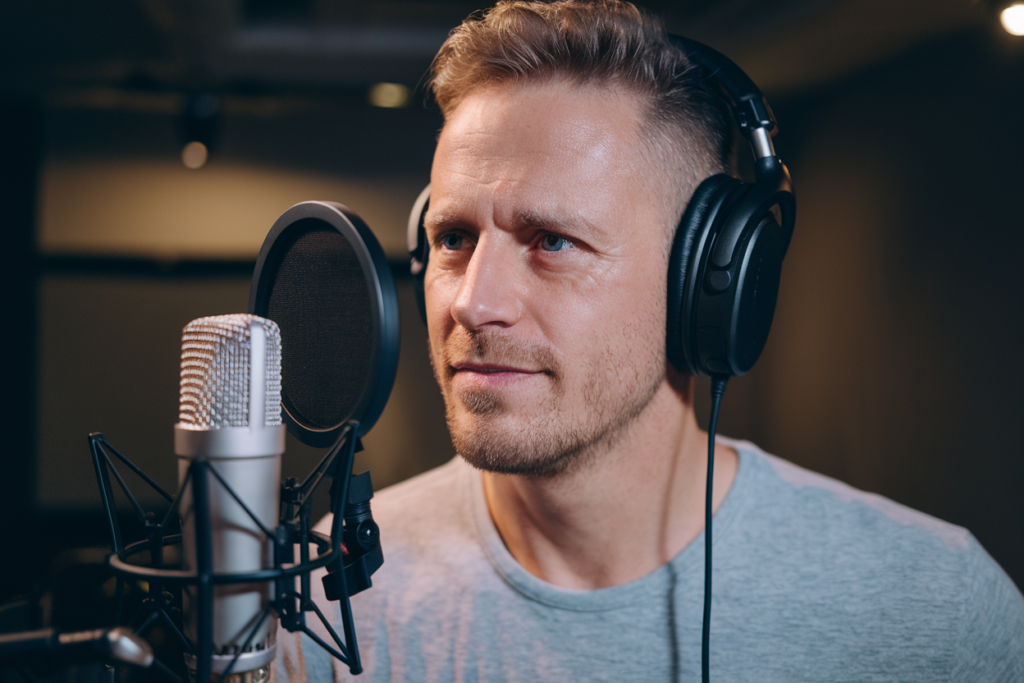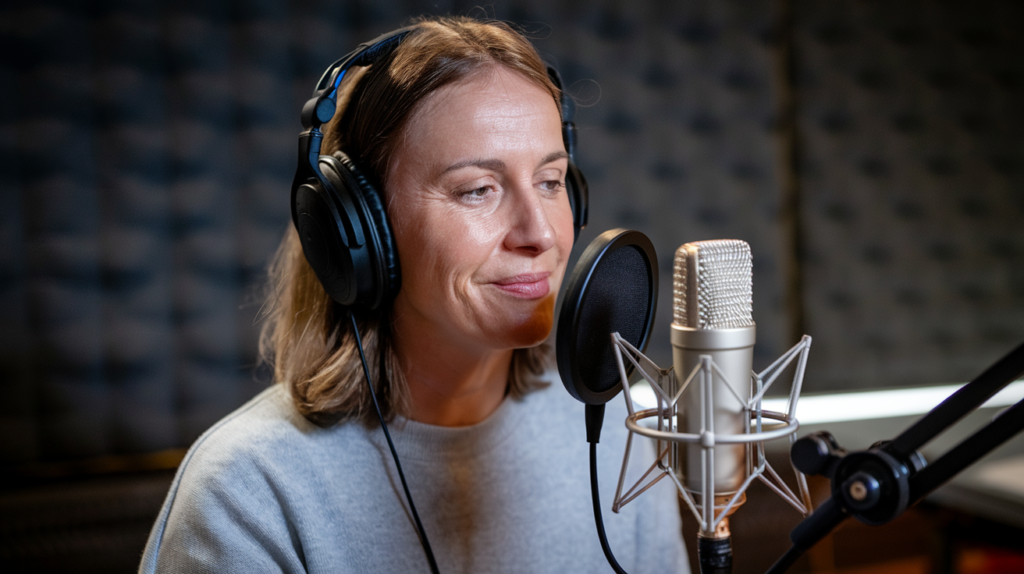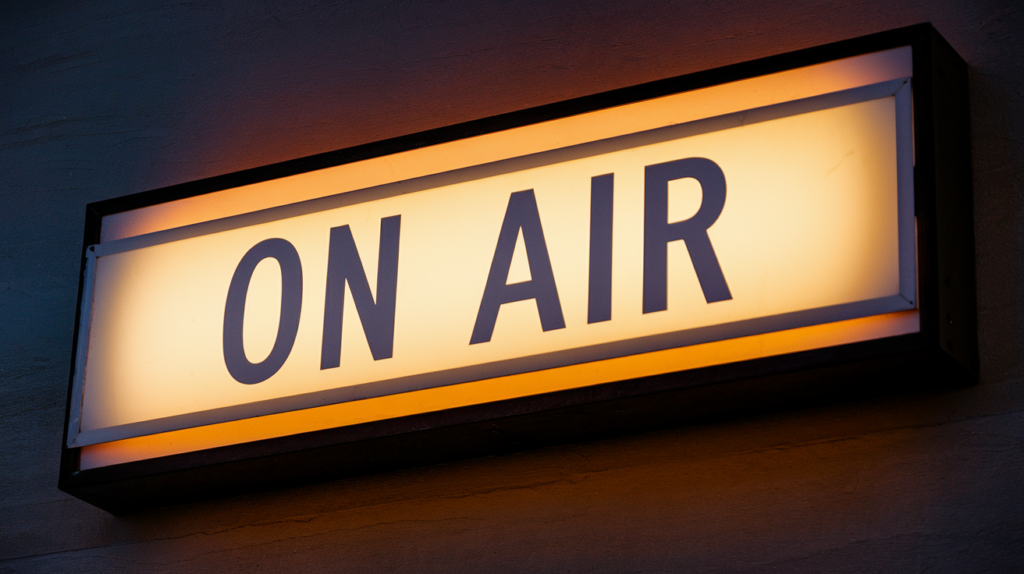In the world of video production, dubbing plays a crucial role in reaching diverse audiences. When it comes to French and Flemish content, mastering the art of dubbing can elevate your project’s quality and viewer engagement. You want your audience to connect with the characters and story just as they would in their native language.
Understanding the nuances of both languages is essential for effective dubbing. From voice selection to timing and cultural relevance, every detail matters. By following best practices in French-Flemish video dubbing, you’ll not only enhance authenticity but also ensure that your message resonates deeply with viewers across linguistic boundaries. Let’s dive into these best practices that will help you create compelling dubbed content.
Key Takeaways
- Master Linguistic Nuances: A deep understanding of the linguistic and cultural differences between French and Flemish is essential for effective dubbing that resonates with audiences.
- Choose the Right Voice Talent: Selecting experienced voice actors who can authentically represent characters in both languages significantly enhances viewer engagement and emotional connection.
- Prioritize Timing and Synchronization: Accurate synchronization of dialogue with lip movements is crucial for maintaining narrative flow and realism, thus keeping viewers immersed in the content.
- Focus on Cultural Relevance: Understanding local expressions, societal norms, and regional dialects helps create relatable characters that resonate deeply with diverse audiences.
- Utilize Effective Techniques: Implementing voice casting considerations and synchronization strategies ensures high-quality dubbing that captivates viewers across different regions.
- Address Common Challenges: Be aware of potential challenges like linguistic nuances and technical limitations to produce effective voiceovers that enhance overall project quality.
Understanding French Flemish Video Dubbing
French Flemish video dubbing requires a deep understanding of linguistic and cultural nuances. Effective voiceover work hinges on selecting the right voice talent who can authentically represent characters in both languages. This involves considering accent variations, tone, and emotional delivery to resonate with the target audience.
Timing plays a crucial role in the dubbing process. Synchronizing dialogue with lip movements ensures that viewers remain engaged and immersed in the content. Accurate timing not only enhances realism but also maintains narrative flow, making it essential for achieving high-quality dubbing.
Cultural relevance is another key aspect of successful French Flemish dubbing. Voice artists must be aware of local expressions, humor, and societal norms to create relatable content. This sensitivity fosters a connection between characters and audiences, enhancing overall viewer experience.
Choosing experienced voice actors familiar with both languages significantly impacts project outcomes. Skilled professionals understand how to navigate language complexities while maintaining character integrity. Their expertise contributes to delivering compelling performances that captivate viewers.
Incorporating these elements into your video projects elevates their quality and effectiveness in reaching diverse audiences across French-speaking regions and Flanders.
Importance Of Best Practices
Best practices in French Flemish video dubbing significantly enhance project quality and audience connection. Effective implementation of these practices leads to a more engaging viewing experience.
Enhancing Audience Engagement
Engaging audiences relies on selecting the right voice talent for your project. Authentic voice actors create relatable characters, making it easier for viewers to connect emotionally with the content. Proper timing during dubbing ensures that dialogue aligns with character lip movements, enhancing realism. This synchronization captures viewer attention and maintains narrative flow, resulting in increased retention and satisfaction.
Ensuring Cultural Relevance
Cultural relevance is crucial in video dubbing, particularly when addressing diverse French-speaking audiences and Flemish viewers. Voice artists must understand local expressions, societal norms, and regional dialects to convey messages accurately. This awareness helps create authentic representations of characters that resonate deeply with the target audience. Utilizing voice over talent familiar with these cultural nuances elevates the overall impact of your content, fostering stronger connections between the material and its viewers.
Key Techniques In French Flemish Dubbing
Effective French Flemish dubbing relies on various techniques that enhance authenticity and audience connection. Understanding voice casting considerations and synchronization techniques plays a critical role in achieving high-quality results.
Voice Casting Considerations
Selecting the right voice talent significantly impacts the overall quality of your project. Prioritize voice actors who possess an authentic accent and can convey emotions effectively, as this fosters relatability for viewers. Assess their experience in both French and Flemish languages to ensure versatility in performance.
Evaluate the following aspects when choosing voice artists:
- Cultural Relevance: Ensure voice actors understand local expressions and idioms, enhancing character authenticity.
- Vocal Range: Look for artists with diverse vocal capabilities to match various character profiles within your content.
- Performance Quality: Review previous work samples to gauge emotional delivery, timing, and clarity.
By focusing on these factors during the casting process, you secure talented individuals who resonate well with audiences across different regions.
Synchronization Techniques
Synchronization is essential for creating a natural viewing experience in dubbed content. Aligning dialogue with lip movements enhances realism and maintains narrative flow. Implement effective synchronization strategies by following these steps:
- Timing Adjustments: Modify dialogue length to fit original speech patterns while ensuring it remains contextually accurate.
- Phonetic Matching: Choose words that closely resemble the original language’s phonetics to maintain visual coherence.
- Continuous Feedback Loop: Collaborate with sound engineers throughout recording sessions to make real-time adjustments based on visual cues.
Utilizing these synchronization techniques ensures seamless integration of voiceovers into video projects, resulting in engaging experiences for viewers.
Common Challenges In Dubbing
Dubbing presents several challenges that can affect the quality of your project. Understanding these obstacles helps in producing effective voiceovers.
Linguistic Nuances
Linguistic nuances play a crucial role in dubbing, especially when transitioning between French and Flemish. Each language contains unique expressions, idioms, and cultural references. Selecting voice actors who grasp these subtleties ensures authentic representation of characters. Voice talent must not only translate dialogue but also convey its emotional weight accurately. Misinterpretation can lead to disconnects with audiences, diminishing their engagement with the content.
Technical Limitations
Technical limitations often impact the dubbing process as well. Synchronization of voiceovers with on-screen action requires precise timing adjustments. Differences in pacing between languages may necessitate modifications to the original script or dialogue length. Utilizing advanced recording technology enhances audio quality but may introduce complexities during post-production editing. Collaborating closely with skilled sound engineers and ensuring continuous feedback loops during recording sessions mitigates potential issues, resulting in smoother final products that resonate with viewers.
Conclusion
Mastering French Flemish video dubbing can transform your projects and elevate audience engagement. By focusing on authentic voice talent and understanding the cultural nuances of both languages, you create relatable content that resonates deeply with viewers.
Prioritizing synchronization ensures that dialogue flows naturally with visuals, enhancing the overall viewing experience. Embracing these best practices not only improves project quality but also fosters a stronger connection between your material and its audience. As you implement these strategies, you’ll find greater satisfaction in seeing how well your content is received across diverse French-speaking regions and Flanders.
Frequently Asked Questions
What is the importance of dubbing in video production?
Dubbing is crucial in video production as it allows audiences to engage with content in their native language. Effective dubbing enhances project quality, helping viewers connect with characters and stories, which ultimately increases viewer satisfaction and retention.
How does cultural relevance impact French Flemish dubbing?
Cultural relevance plays a significant role in French Flemish dubbing. Voice artists must understand local expressions, societal norms, and regional dialects to create relatable content that resonates with audiences, ensuring an authentic viewing experience.
Why is voice selection important for dubbing?
Choosing the right voice talent is vital for successful dubbing. Authentic accents and emotional delivery help represent characters accurately, making it easier for viewers to connect with the story while maintaining engagement throughout the viewing experience.
What are best practices for effective French Flemish dubbing?
Best practices include selecting experienced voice actors who grasp cultural nuances, ensuring proper timing during dialogue synchronization, and continuously seeking feedback during recording sessions. These elements significantly enhance project quality and audience connection.
What challenges do voice actors face in dubbing?
Voice actors encounter challenges like linguistic nuances unique to each language that can lead to misinterpretation if not understood correctly. Technical limitations also arise when synchronizing voices with on-screen action due to differences in pacing between languages.
How can timing adjustments improve video dubbing quality?
Timing adjustments are essential for aligning dialogue with lip movements on screen. Proper synchronization creates a more natural viewing experience, enhancing realism and maintaining narrative flow while keeping viewers engaged throughout the content.
What techniques aid effective French Flemish dubbing?
Key techniques include careful voice casting based on accent authenticity and emotional range, along with synchronization strategies like phonetic matching and continuous feedback loops during recordings. These ensure seamless integration of voiceovers into the final product.







